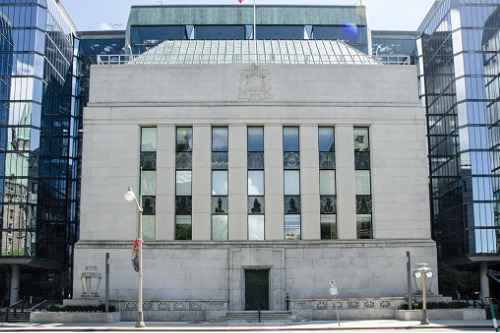More than 1.3 million Canadian mortgage holders are currently on variable rates

The Bank of Canada’s decision to keep its overnight rate at its effective lower bound for the long haul has given Canadians more peace of mind than they usually would have when selecting a variable rate mortgage, according to an analysis by Ratehub.ca.
The option to shift into a fixed rate at any time with essentially no penalty has proven especially enticing to borrowers, “and if they ever choose to break their mortgage, the penalty is lower,” said James Laird, co-founder of Ratehub.ca. “The penalty to break a variable mortgage is simply three months of interest, which results in a modest amount.”
At present, approximately 1.34 million Canadian mortgage holders are on variable rates, while 290,000 have part of their payments based on a fixed rate and another part based on a variable rate, Mortgage Professionals Canada estimated.
This is a trend that might prevail for the foreseeable future, as the current record-low-rate environment will likely last for two or more years, according to more than half of the economists polled recently by Finder. Around 52% are expecting the overnight rate hold to last up to at least 2023, while 38% are projecting the next movement to take place in the second half of 2022.
Only 9.5% are anticipating a rate movement early next year. Fully 95% of the respondents are expecting the next rate movement to be upward.
However, not every veteran market observer is predicting placid waters from now until then.
“Slow vaccine distribution has stalled progress in Canada’s ability to mass vaccinate, suggesting that the economy may continue to experience near-term pain as potential lockdowns and restrictions on consumers and businesses are likely to persist over the near term,” said Carl Gomez, chief economist and head of market analytics for CoStar Group. “As a result, the transition from re-opening the economy to full recuperation may be somewhat elongated and volatile before mass vaccinations allow economic growth to return more forcefully by the end of 2021.”



